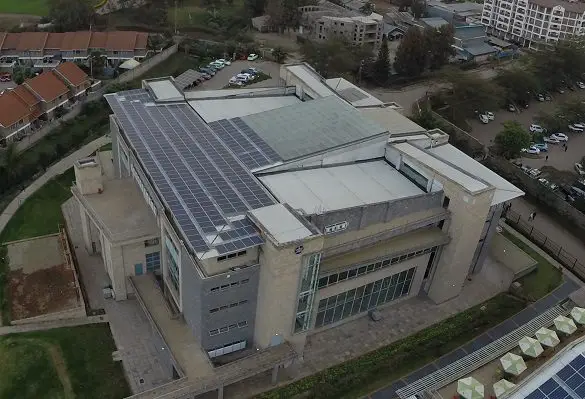Situation
According to a study conducted on sub Saharan Africa last year, more than 600 million Africans lack basic access to electricity, a harsh reality that takes a continuous toll on our health, education, safety and income. In Kenya for instance the unmet demand for electricity is almost at 95% in rural areas and 49% in urban areas.
The Africa Investment exchange, during an event on energy held in London late last year, also concluded that Kenya is yet to catch up with South Africa, Rwanda, Morocco and other leading countries in solar exploration. This year for instance, Rwanda finally brought online a $23.7 million solar energy project that will supply power to over 1500 homes. According to the Rwanda Government, this will satisfy at least 6% of their domestic energy requirement. On the other hand, Energypedia, an energy resource website, indicates that solar power in Kenya as a source of electricity is at less than 1% of the energy requirements of the country.
Potential of solar power in Kenya
The greatest challenge that has contributed to low solar energy harvesting and utilization is the high initial installation costs. However, challenges of high setup costs seem to cut across the entire Sub-Sahara Africa yet Rwanda, for instance, has managed to tap into solar. In addition to this, costs have been dropping steadily for the last 5 years. The presence of institutions, especially NGOs that provide funding for renewable energy development in the country has also gone up. This can thus not be used as an excuse for the under development solar PV use in Kenya.
Since we are also located at the equator, some parts of Kenya experience up to 6 hours of peak sunshine a day. This, in scientific terms means that Kenya has an isolation of 4 -6 KwH/M2, which in relation to other countries that have more defined seasons, is very high. Regardless of this, some countries in Europe are producing up to 100 mega watts from solar compared to about 10mw in Kenya.
Solar power in Kenya, based on some of the challenges we have, seems to be a very viable option. For instance, energy converting plants such as hydro and geothermal plants are usually set up at source and connected to the national grid. This means that even though they contribute energy to the national grid, if the grid is not expanded to reach remote areas, then access to power will still be limited. However, solar energy can act as a source of energy to off-the- grid Kenyans. This means that the government, instead of, for example, expanding the national grid to reach arid areas, they could create ‘solar-centers’ in remote towns to service those towns.
Solutions
“One of the solutions to this would be for power utilities to create power purchase agreements and net metering solutions that encourage corporates to invest in solar,” Eng. Philip, a co-founder of the renewable energy division at Questworks LTD, observes.
Power purchasing agreements (PPAs) would typically involve a business selling excess energy harnessed to a power utility at an agreed rate. This would mean that businesses would profit out of the arrangement and the government will increase its supply of power to meet the targeted 1500 mega watts by 2030. Utility companies would also comfortably meet the 1334 mega watts peak demand.
Net metering solutions, just PPAs, involve selling excess power to utility companies. However, in this solution, the individual gives to the grid excess power during the day, and uses the utility’s power at night. The individual then pays for the difference in cost. “This solution makes investment in Solar more attractive to any investor because they can sell power to the grid at the same cost they buy it which is much better than a PPA that has currently has a lower rate. The alternative to PPA and Net Metering would be to store all he excess power in storage batteries which would increase the cost of initial the set up,” Eng. Philip adds.
The outlook for the development and use of solar power in Kenya in 2015 is high, and with a soaring growth rate of about 10%; it is upon stakeholders to capitalize on this barely tapped resource.

